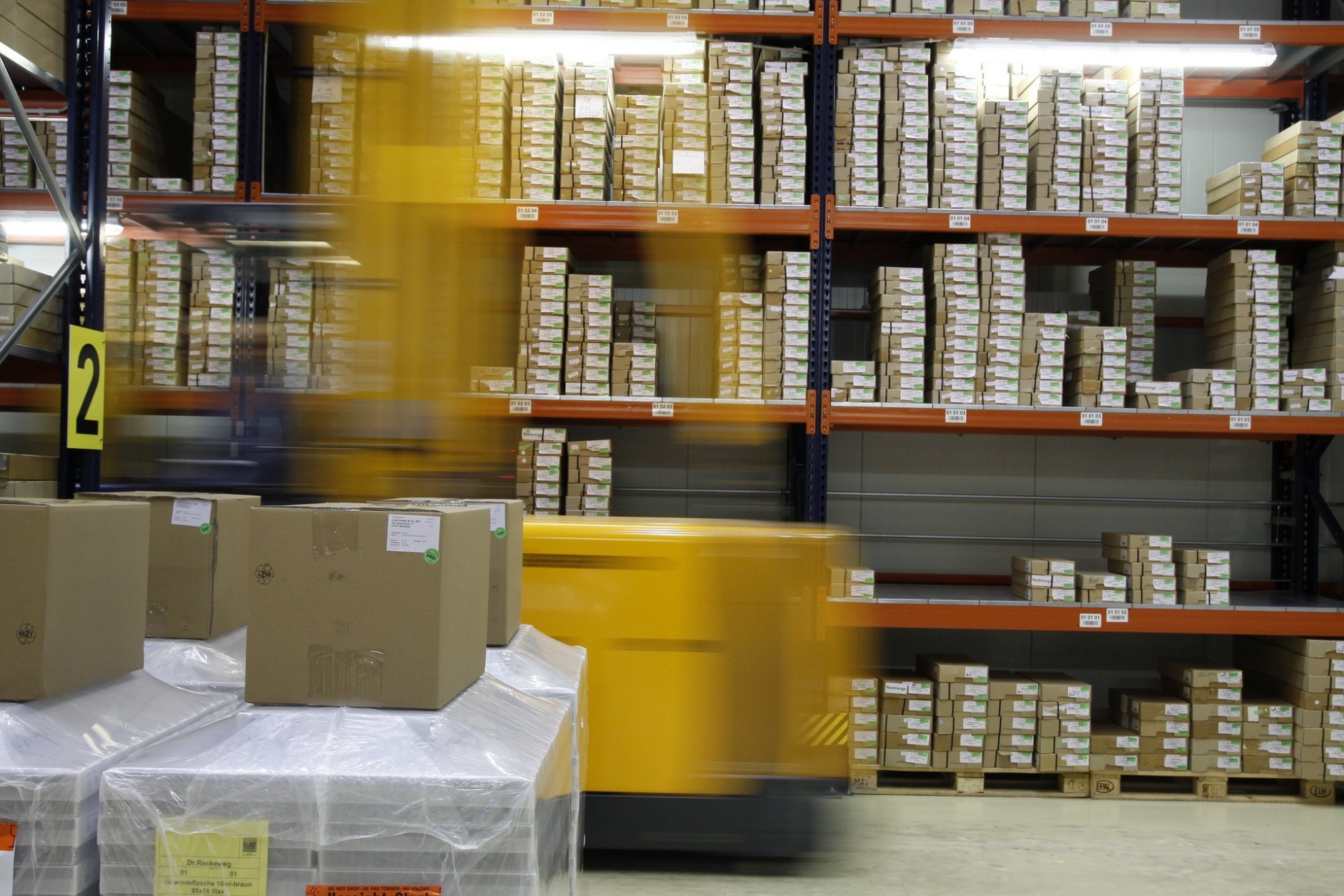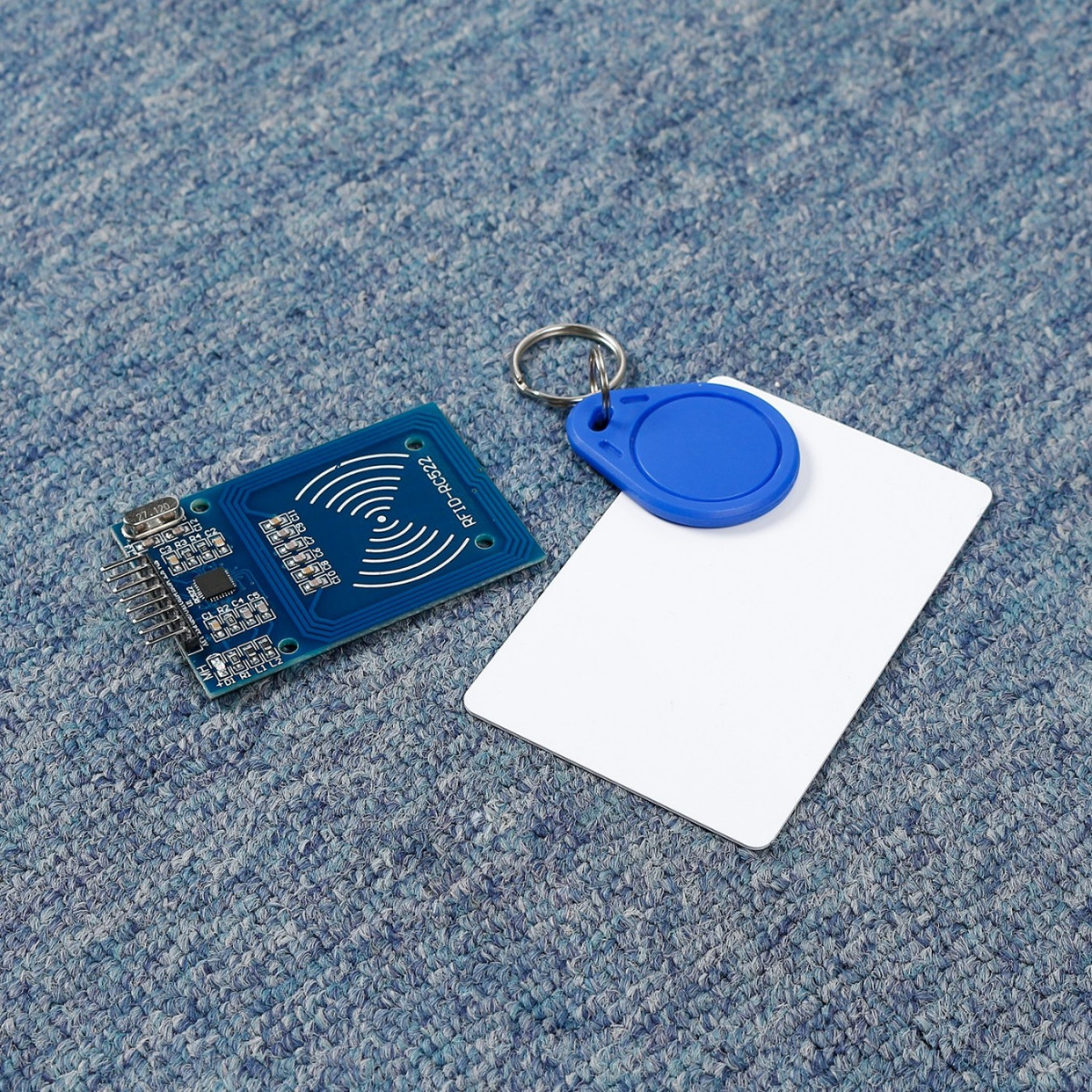How are Robots Using RFID Tags to Improve Tracking?

The idea of robotics isn’t a new one. Futurists have been dreaming about it for decades, creating everything from the Terminator to Rosie the Robot in various fictional media over the years, imagining what people could do with the technology. Recent decades have seen the creation of robots that can do everything from assembling vehicles to performing delicate surgery. Robots can fabricate tiny and intricate devices in the blink of an eye, vacuum floors automatically, and everything in between.
In the logistics industry, robots are valuable tools for material handling, tracking, and even delivering packages and handling materials. Traditionally, these devices used barcode scanners to track where and when something needed to move. But even that technology is becoming obsolete.
RFID tags are increasingly the technology of choice for packaging and material tracking. What are RFID tags, and how are robots using them to improve monitoring practices?
What Are RFID Tags?
RFID stands for radio frequency identification. It’s a wireless technology that allows robots and scanners to track objects using unique identifying information assigned to each tag. Its first applications date back to World War II, where the military used RFID to identify airplanes flying overhead as friend or foe.
The technology has evolved over the years, becoming more efficient while lowering costs. It’s more cost-effective today to use RFID tags than to use barcodes or other manual identifiers.
RFID Tags in the Logistics Industry
Most packages — especially those shipped from e-commerce sites — come decorated with all sorts of barcodes. Shippers use these to track a package’s location. Workers must manually scan each code and update their database when a parcel reaches a destination or a stop along its journey.

While this has been sufficient for many years, the rising number of packages traversing the mail system means these outdated techniques can’t keep pace.
That’s where RFID trackers come in handy. While it doesn’t reduce the number of packages, it does eliminate the need for manual scans. A simple RFID scan can update the database in a fraction of the time, without the need for a barcode scanner.

The Benefits of RFID Tracking
There are several benefits to using RFID tracking in the logistics industry, beyond the shipping and delivery steps. It is also a valuable tool for inventory tracking and gives users the ability to locate a particular item immediately.
While it doesn’t have the range or the targeted tracking that GPS might, in a facility equipped with RFID scanners, employees can find an item’s location instantly.
This technology can help improve productivity. Instead of manually searching for an item, especially in a large warehouse with various products to search for, an RFID system can lead workers directly to whatever they’re looking for. Plus, equipping the exits with an RFID scanner can also help reduce loss and theft.

These are just a few possible benefits of RFID tracking. The only limits are imagination and budget.
RFID and Robotics
Finding packages in crowded warehouses is just one possible application for this technology.
As industries start adopting robotics and automation in different applications, RFID technologies are beginning to become even more essential. Currently, automated systems rely on computer vision. These are cameras that observe the world around them to help with inspections or pathfinding.
While effective, the cost of these systems can be a barrier to adoption for small companies that might not be able to afford the necessary tools.

Instead of investing in expensive cameras, RFID technology makes it simple and affordable for companies to implement robotics and automation. RFID sensors are cheap and easy to install, in addition to being accurate.
It’s also easy to adapt existing robotic systems to accommodate RFID scanners rather than relying on cameras. According to research from the Massachusetts Institute of Technology, robotics systems equipped with RFID scanners have an error range as low as 1 centimeter. They can also find an object in as little as 7.5 seconds.
The Dangers of RFID Technology
RFID technology is a valuable tool, but it has a few disadvantages.
It’s not as secure as other tracking methods and is vulnerable to a type of hacking known as skimming. With a computer and an antenna, a savvy hacker can steal from RFID-enabled devices, debit and credit cards, and even the tracking chips on packages and materials. Some of this information is more valuable than others, but the vulnerability makes many people balk at the idea of adding RFID trackers to their supply chains.
People can use RFID-blocking technology to prevent these attacks. It’s a quick fix that uses particular materials to keep hackers and other unauthorized users from detecting the signal the RFID chips emit. That’s why some companies sell RFID-blocking wallets designed to protect credit and debit cards from savvy skimmers while people are out shopping. It can also prevent someone from using an RFID-enabled ID badge or other identifying information.

In logistics and shipping, there is a delicate balance between using RFID technology and keeping information secure. Consider investing in shielding to keep anyone from outside the facility from accessing any RFID tag information.
Is It Time to Embrace RFID Technology?
RFID tags for tracking will likely turn out to be the height of convenience for shipping packages or keeping track of inventory. Companies that are still relying on barcode inventories and tracking numbers may want to consider upgrading to an RFID system.
While it has some downsides, RFID tracking’s benefits far outweigh the risks of hacking or skimming, especially with proper precautions in place. It may not take long before RFID tech replaces barcodes and inventory numbers as the preferred tracking method.
Thanks for helping to keep our community civil!
This post is an advertisement, or vandalism. It is not useful or relevant to the current topic.
You flagged this as spam. Undo flag.Flag Post


